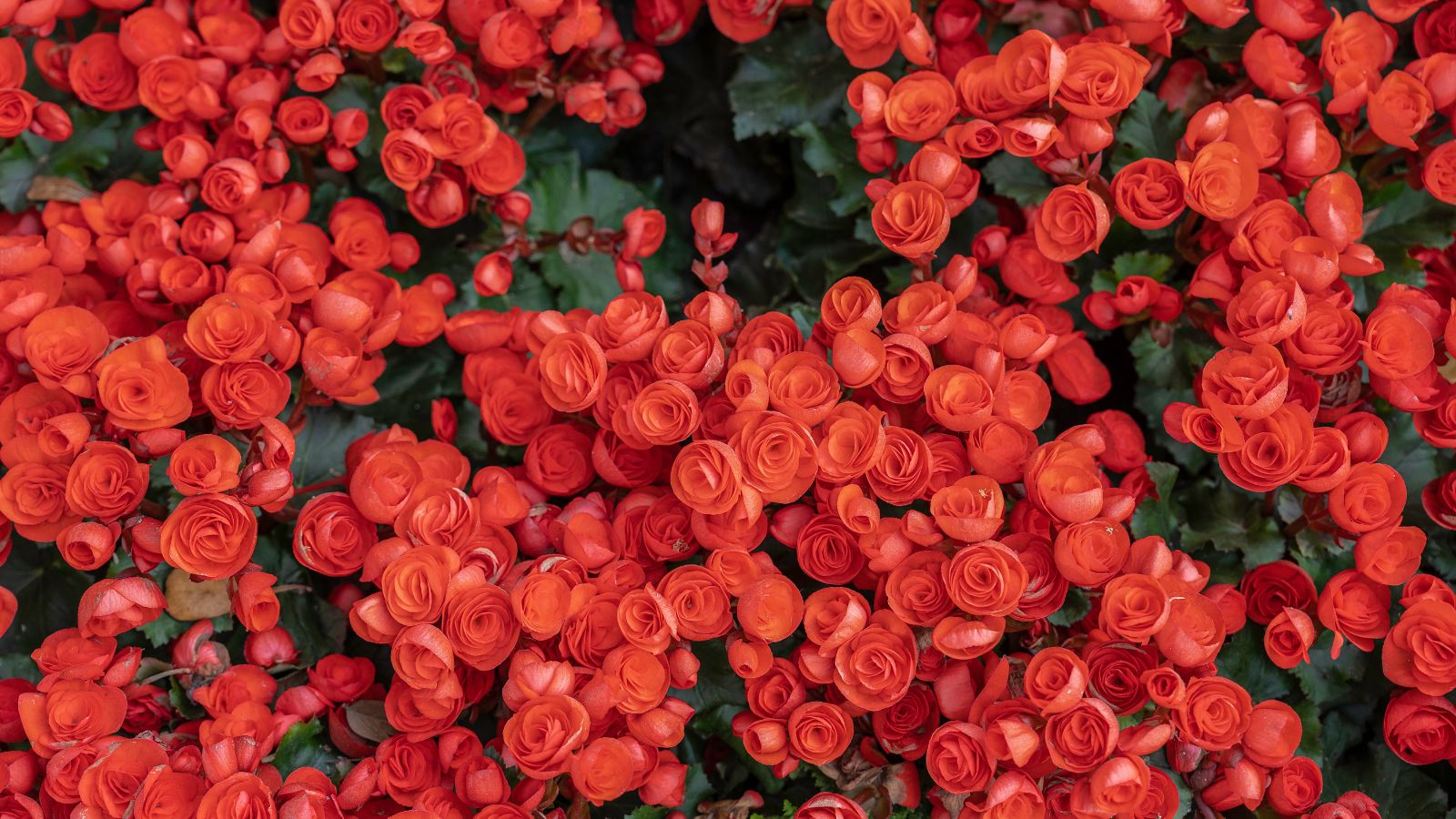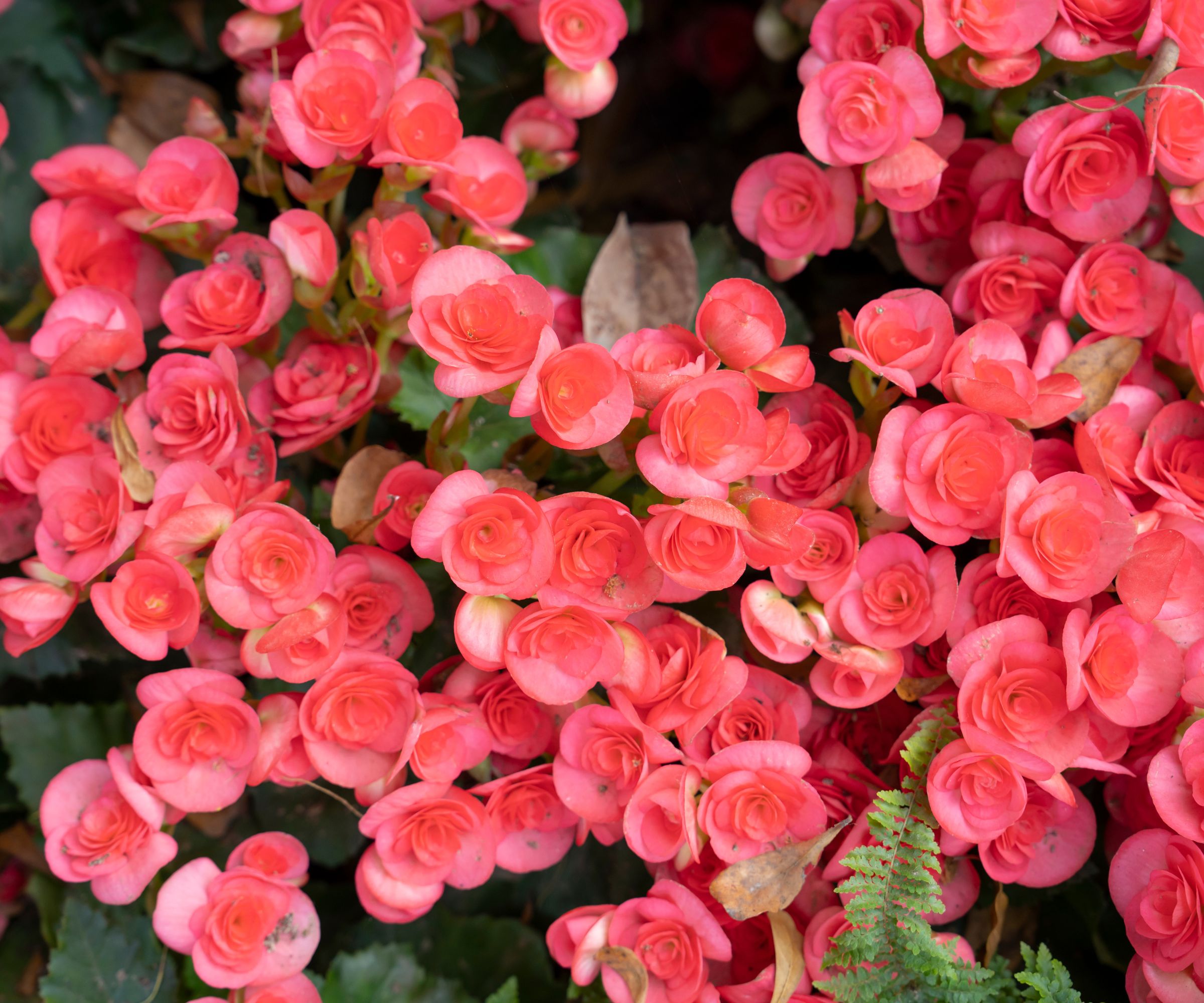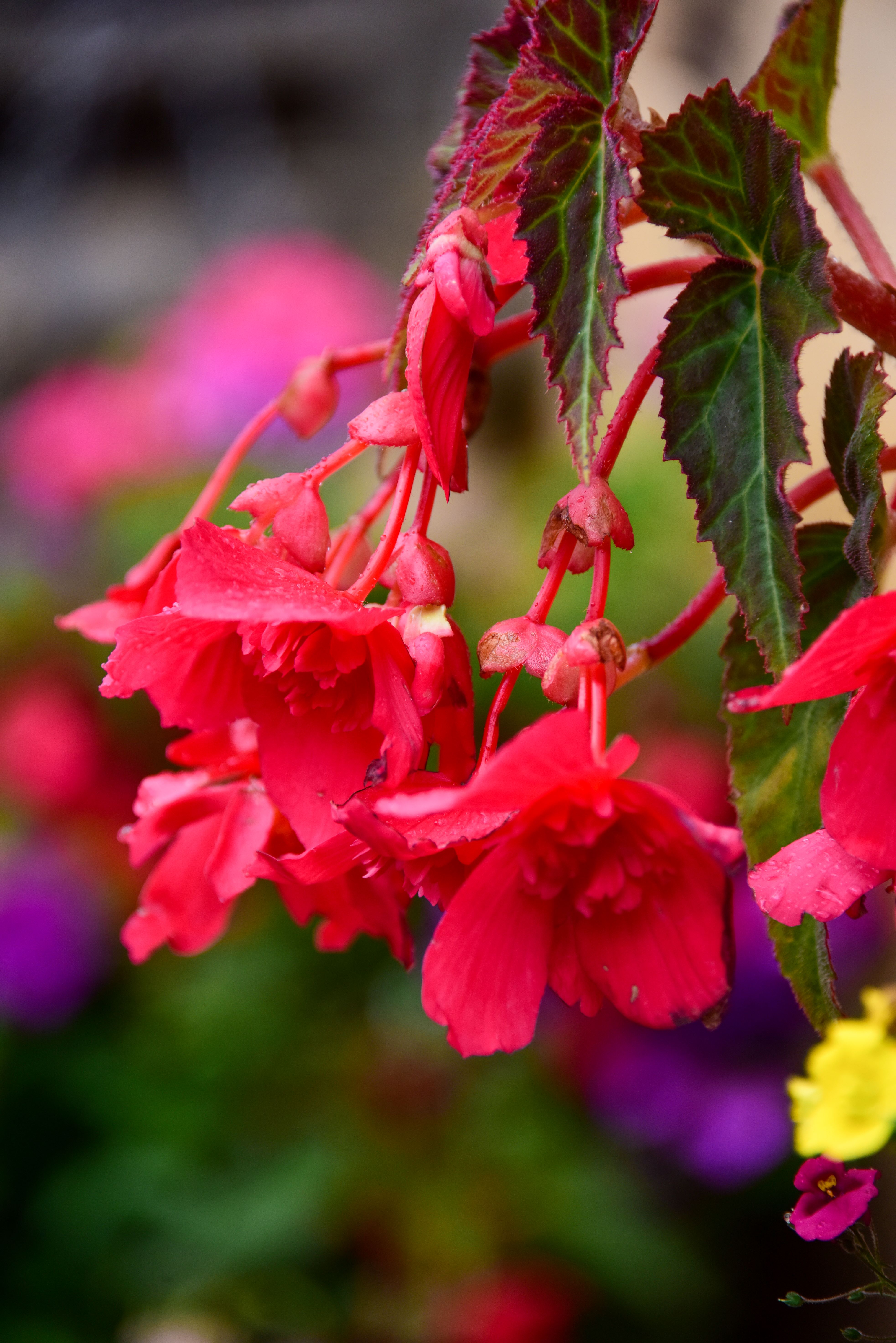
Keeping your begonias flowering and thriving throughout their blooming season is vitally important to ensuring your yard is decorated to its full potential with these vibrant plants.
After working out how to grow begonias, the next step to ensuring they stay blooming all season long is to by finding the right balance of the water, sunlight, soil and fertilizer they need as well as deadheading them and removing mildew where appropriate. This should keep begonias bright, healthy and flowering. Our experts provide their advice on how best to do this.
How to keep begonias blooming
Begonias are some of the best summer bulbs to grow due to their bright range of colors and their versatility – they can even be planted in hanging baskets. You can find begonia seeds, such as these Mixed Double Begonias Value Bag, at Walmart.
Here's how to ensure they continue to bloom all summer long.
1. Ensure water levels are adequate
Begonias need to be watered just the right amount since they can easily be over-watered and are susceptible to root rot if the soil is unable to properly dry out between watering, preventing them from blooming properly. The ideal amount of watering is around an inch of water per week. However, this is not a rigid schedule you need to stick to, rather, assess how your plant reacts to this amount of watering. If your begonia begins to wilt it may need more or less regular watering. Continue reassessing the best amount to water this flower until it is thriving and you know you've got it just right.
You should pay attention to the amount of rainfall hitting your begonias to inform how much you're watering them. If there is rainfall about twice a week then you shouldn't need to water your begonias on top of that
Remember to follow the staple of all gardener's watering handbooks: water your plants early in the morning to keep from frying the plants in the heat of the day, but also to allow for the soil to dry out throughout the day, which will prevent the soil becoming waterlogged.
2. Are your begonias getting enough sunlight?

Ensuring your begonias receive some sunlight everyday, but avoiding the heat of the midday sun should dictate where you plant your begonias, since this will impact their blooms. Work out where in your garden gets some morning or evening sunlight. Try and plant your begonias where they can receive around four hours of sun.
If your begonias stop flowering this may mean they aren't getting enough, or maybe getting too much sun – if this is the case, you can move your begonias to a different place. Your begonias should start producing new flowers after a couple of weeks if this spot provides a more appropriate amount of sun light
3. Deadheading will boost blooms

Drew Swainston, gardening expert at Homes & Gardens advises 'A fantastic, and very simple way to keep begonias blooming for as long as possible is regular deadheading. Begonia flowers can look untidy when they go over, so removing these old flower heads will not only spruce up the plant but direct the plant’s energy into producing new flowers. This way the plant will keep looking beautiful and full of flowers for a longer season than if you didn’t remove the flower heads.'
When you notice flower heads are not looking their best, you should cut off the flower from the base of the plant. Although deadheading is not essential as begonias should naturally drop dead flowers, it is a good extra step for improving the blooms.
4. Optimize soil conditions
Grow your begonias in light soil, since heavy clay soil will retain water and limit the blossoming of your begonias, and can lead to root rot.
To help avoid waterlogging your potted begonias, a simple prevention tactic can be to use a potting mix with vermiculite or perlite which ensures high level of drainage, such as this 50/50 Perlite Vermiculite Blend (2 Quarts); Premixed Soil Amendment for Moisture Control and Drainage from Walmart.
In flower beds, compost can be mixed with the soil to contribute to better drainage and will also ensure nutrients are provided to the begonia, maintaining it's blooming for longer.
5. Apply fertilizer
Drew Swainston, gardening expert at Homes & Gardens suggests 'Making sure to fertilize a begonia throughout the growing season will also help to prolong the blooming. This is especially important if you are growing begonias in pots or hanging baskets, where they can quickly use up all the nutrients in the container’s soil. Giving your begonia a balanced liquid fertilizer every two or three weeks from when they start flowering will help give the plant the nutrients required to keep producing more and more blooms.'
An all purpose 20-20-20 fertilizer can do just the trick, such as this Jack's Classic All Purpose 20-20-20 Water Soluble Plant Food from Amazon.
To apply fertilizer, water your plants first and dissolve the powdered fertilizer in water.
6. Watch out for mildew
You need to be on the look out for mildew covering the leaves of your begonias and stunting their flower growth. Mildew is a common foe to begonias and is easily attracted to them in damp conditions that are highly shaded and have little to no wind. You can identify mildew by its white powdery look. To get rid of mildew you can simply wipe it off, or for a more effective solution you can use Bonide Captain Jack's Copper Fungicide from Amazon.
FAQs
How long are begonias life cycles
Most begonias last for one season, which means you should have full blooms from your begonias for around four months in a year, from late spring to fall.
Knowing how to over winter begonias is key to ensuring they flower again next year.
Once you have determined your begonias are in the best conditions possible to keep them blooming to their full potential, care and maintenance should be as easy as weekly watering, bi-monthly fertilizing, deadheading and checking for mildew where needed. This should guarantee you can easily keep your garden bright all season long.







